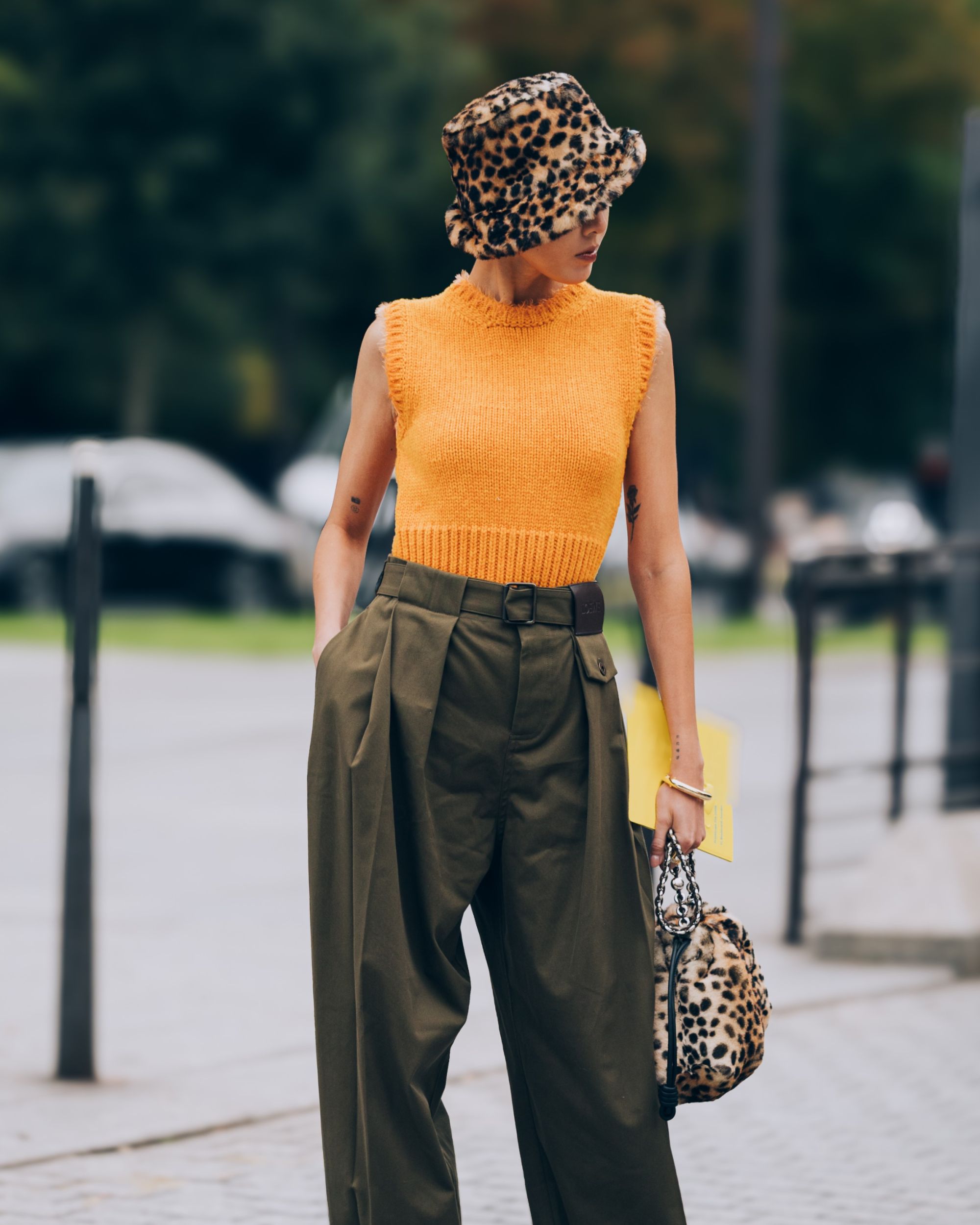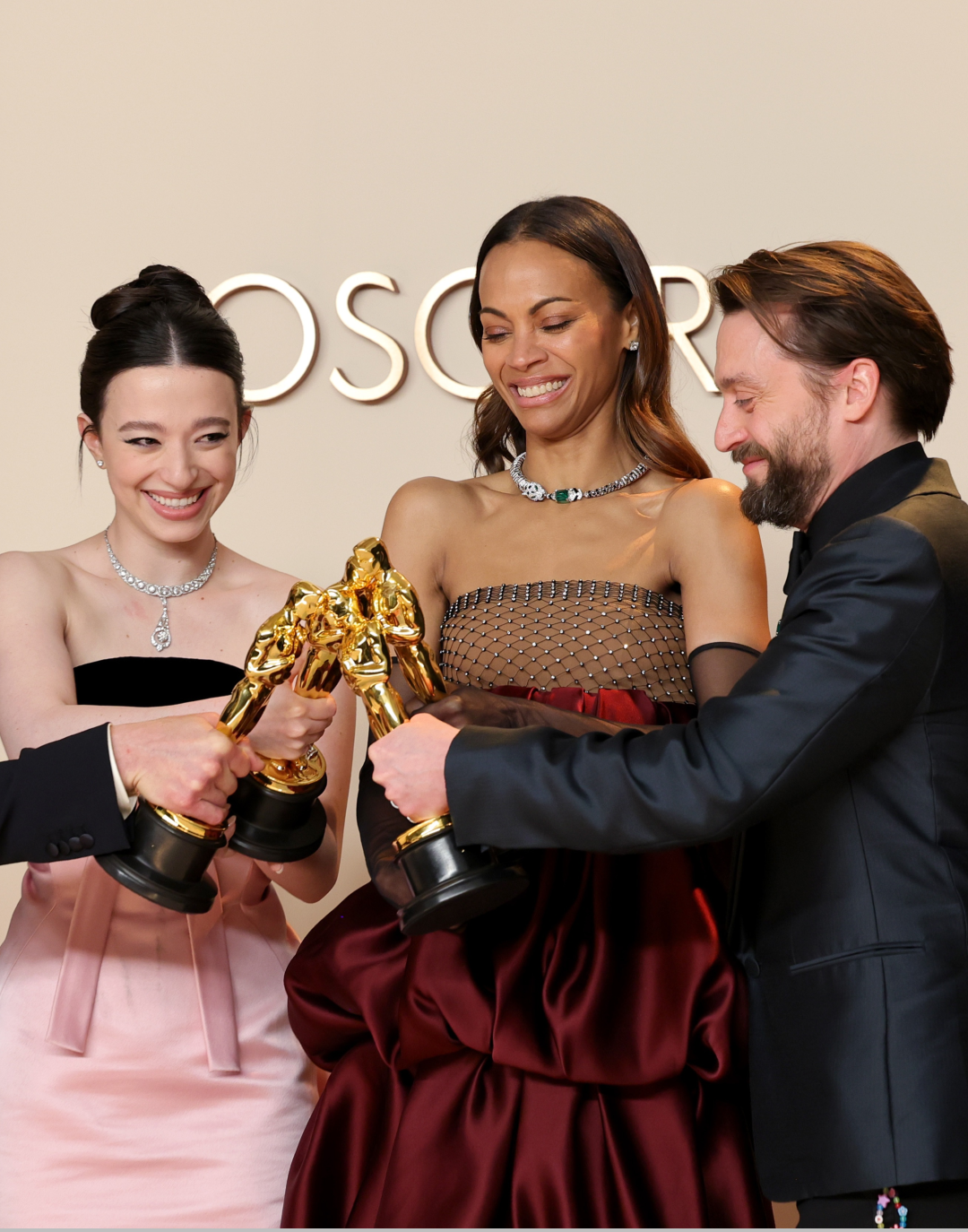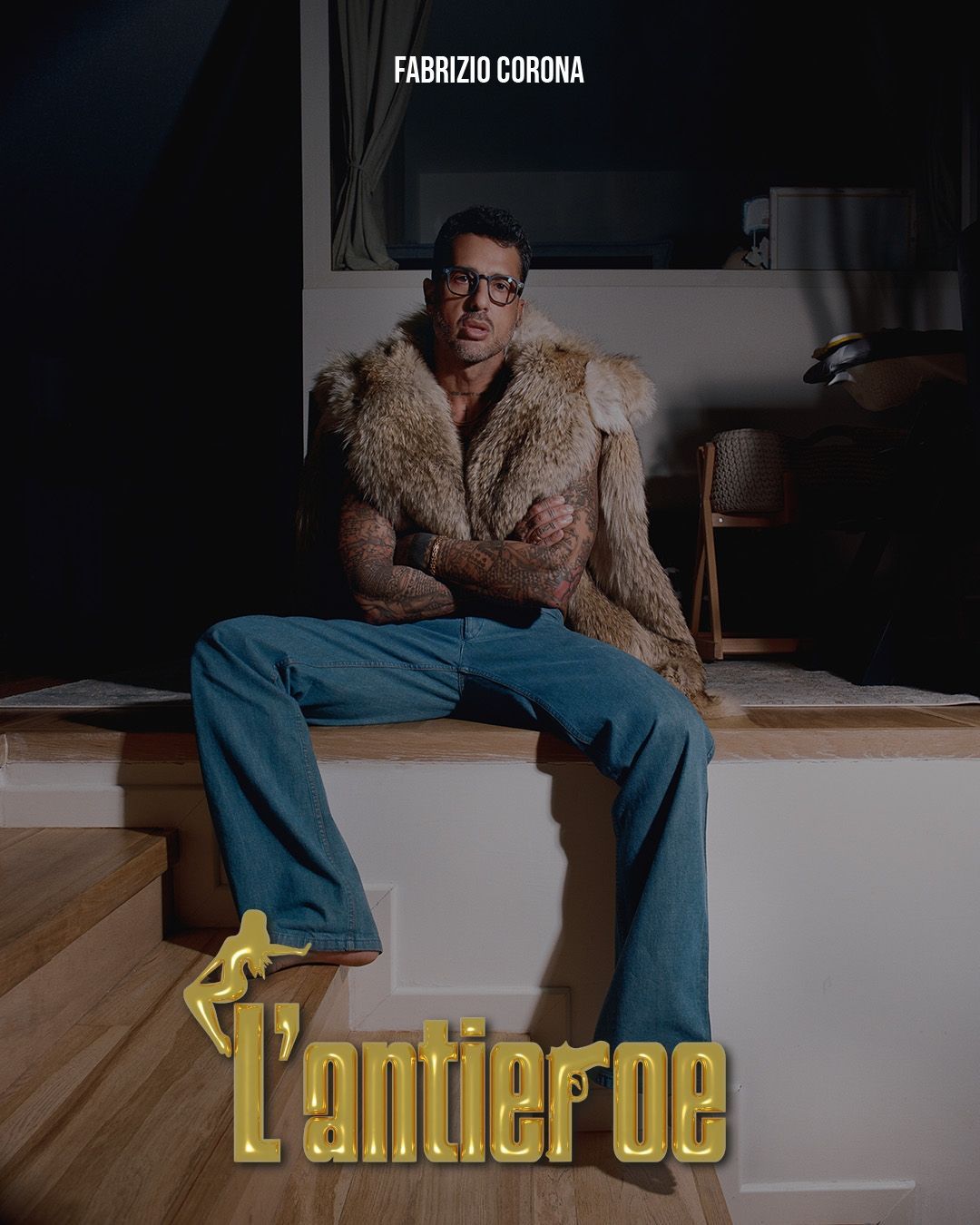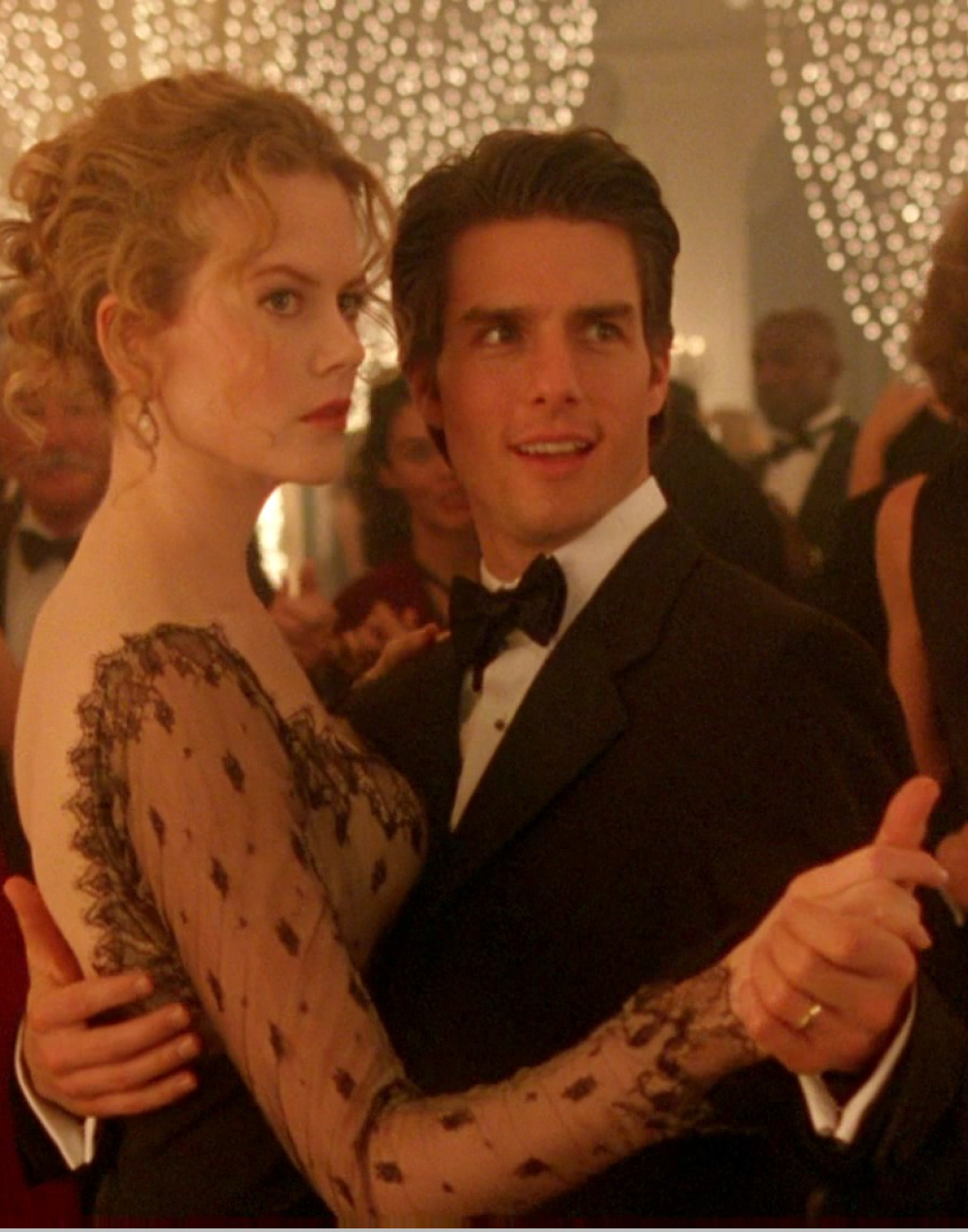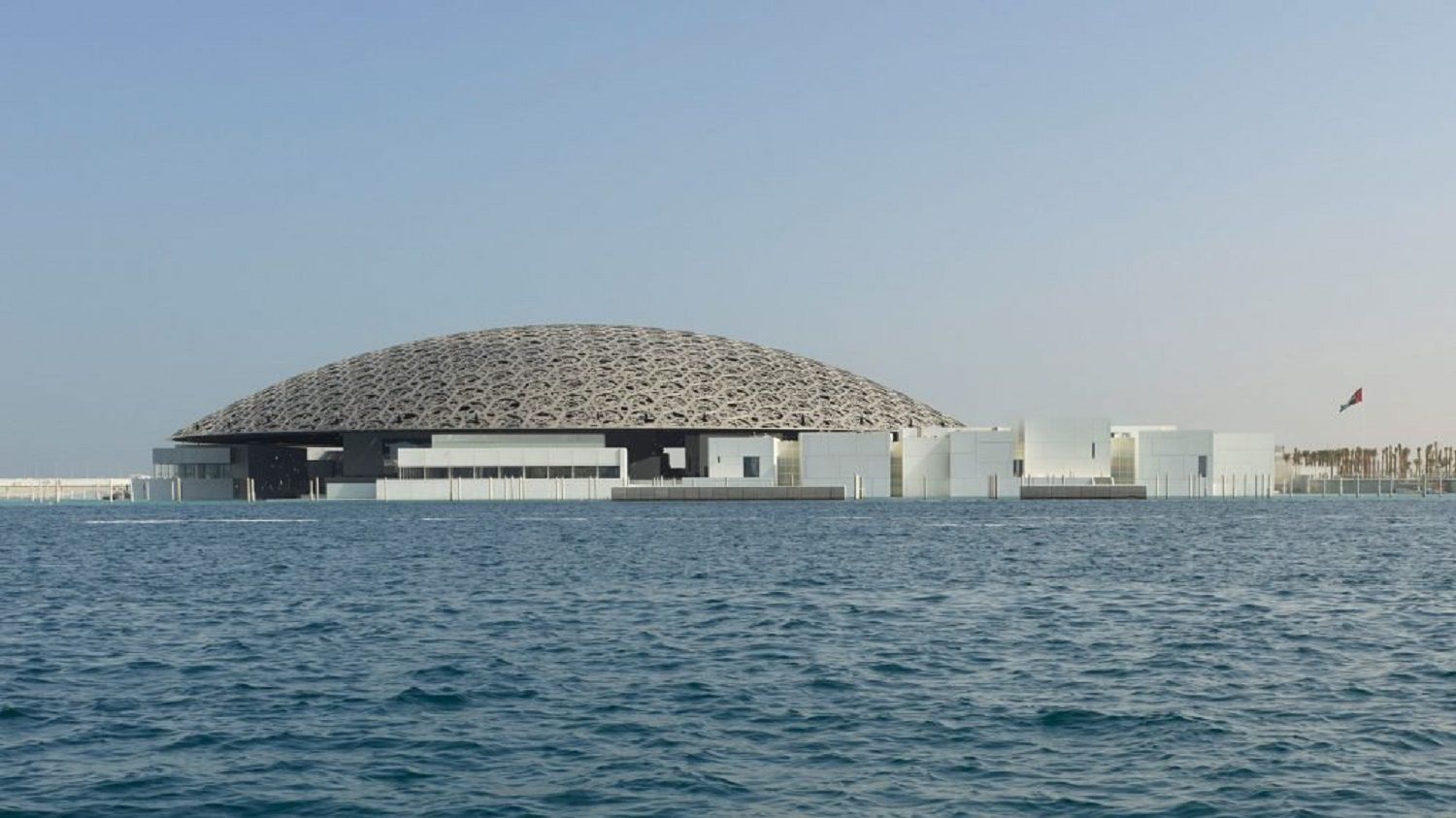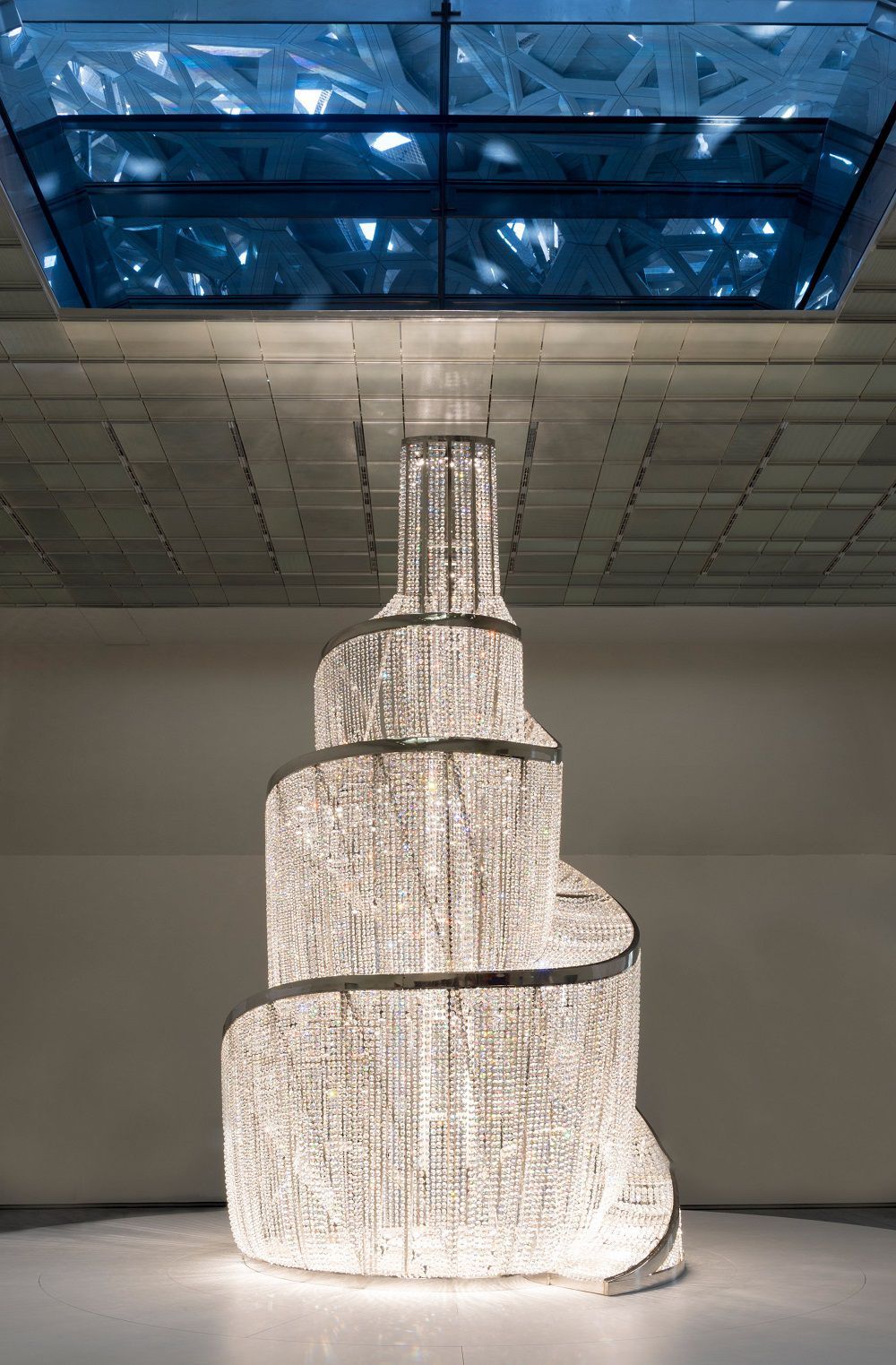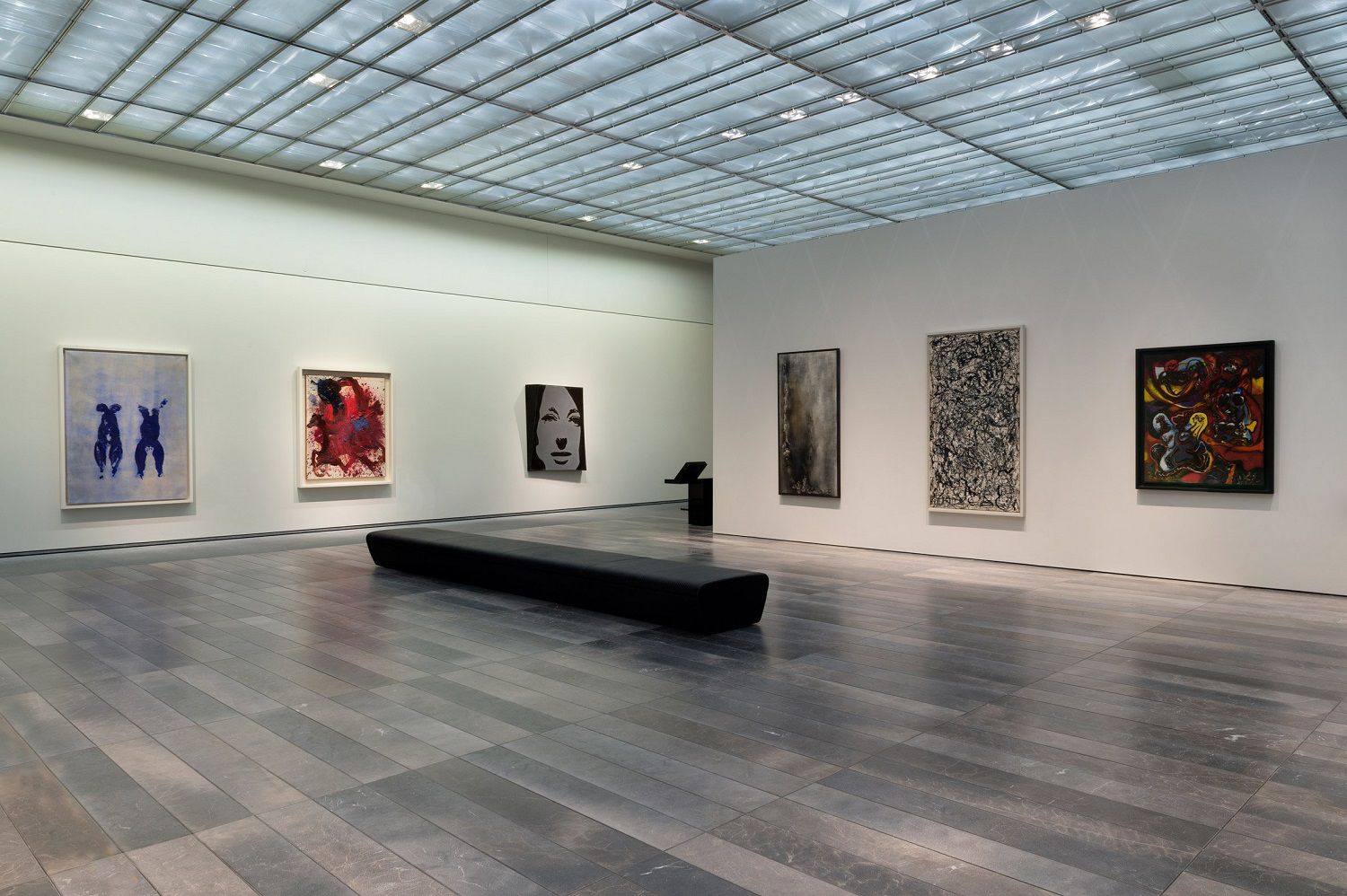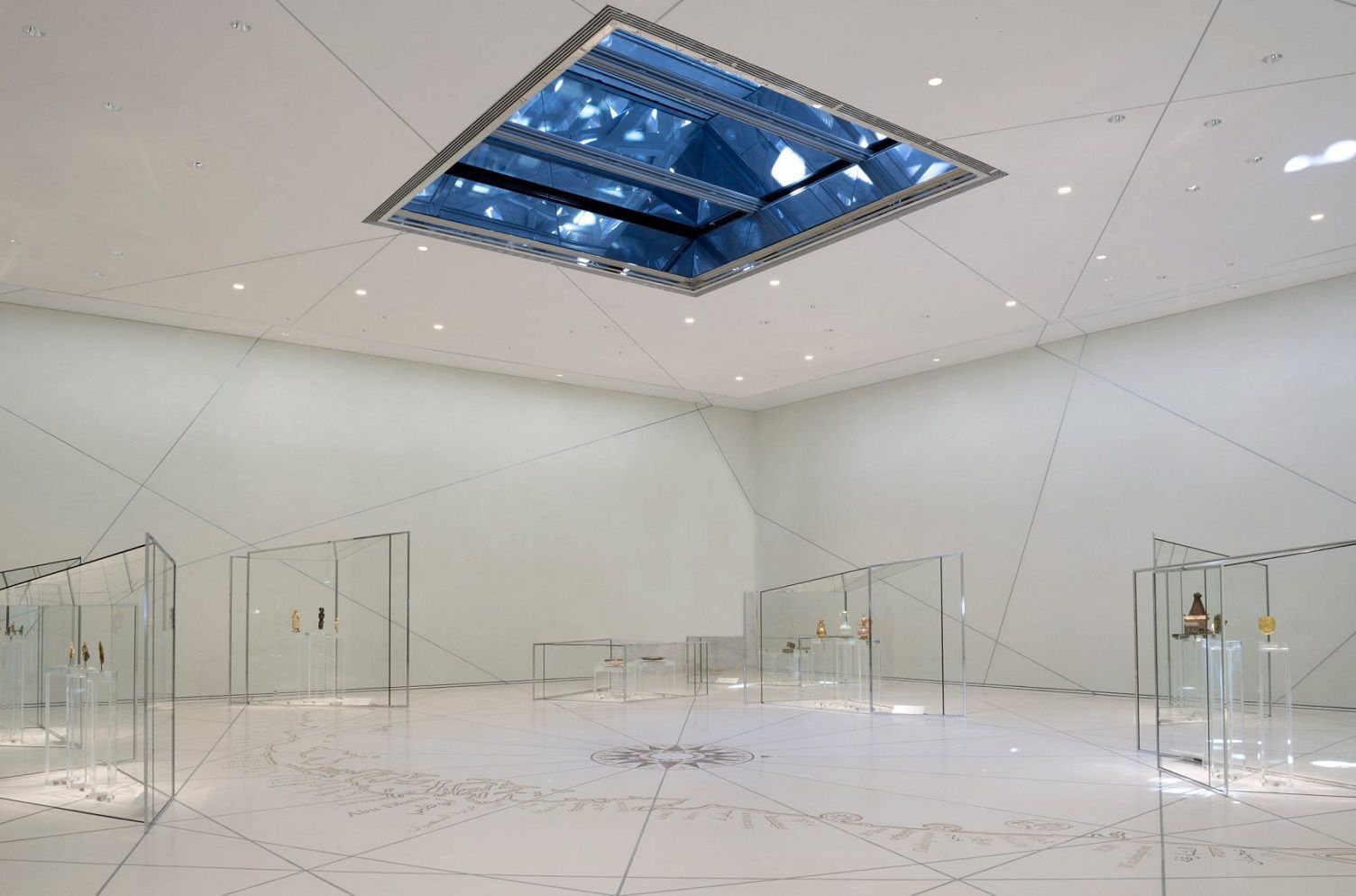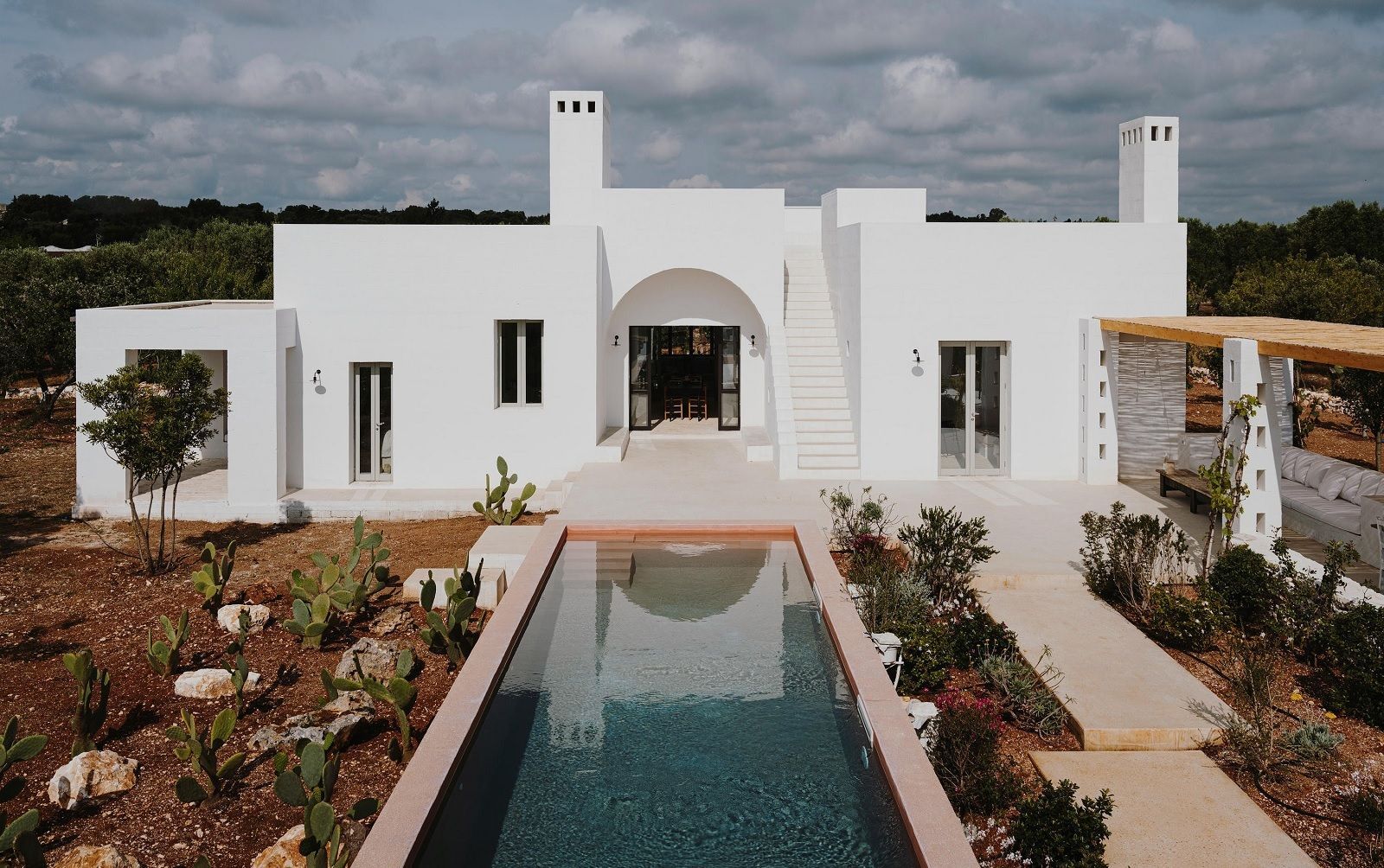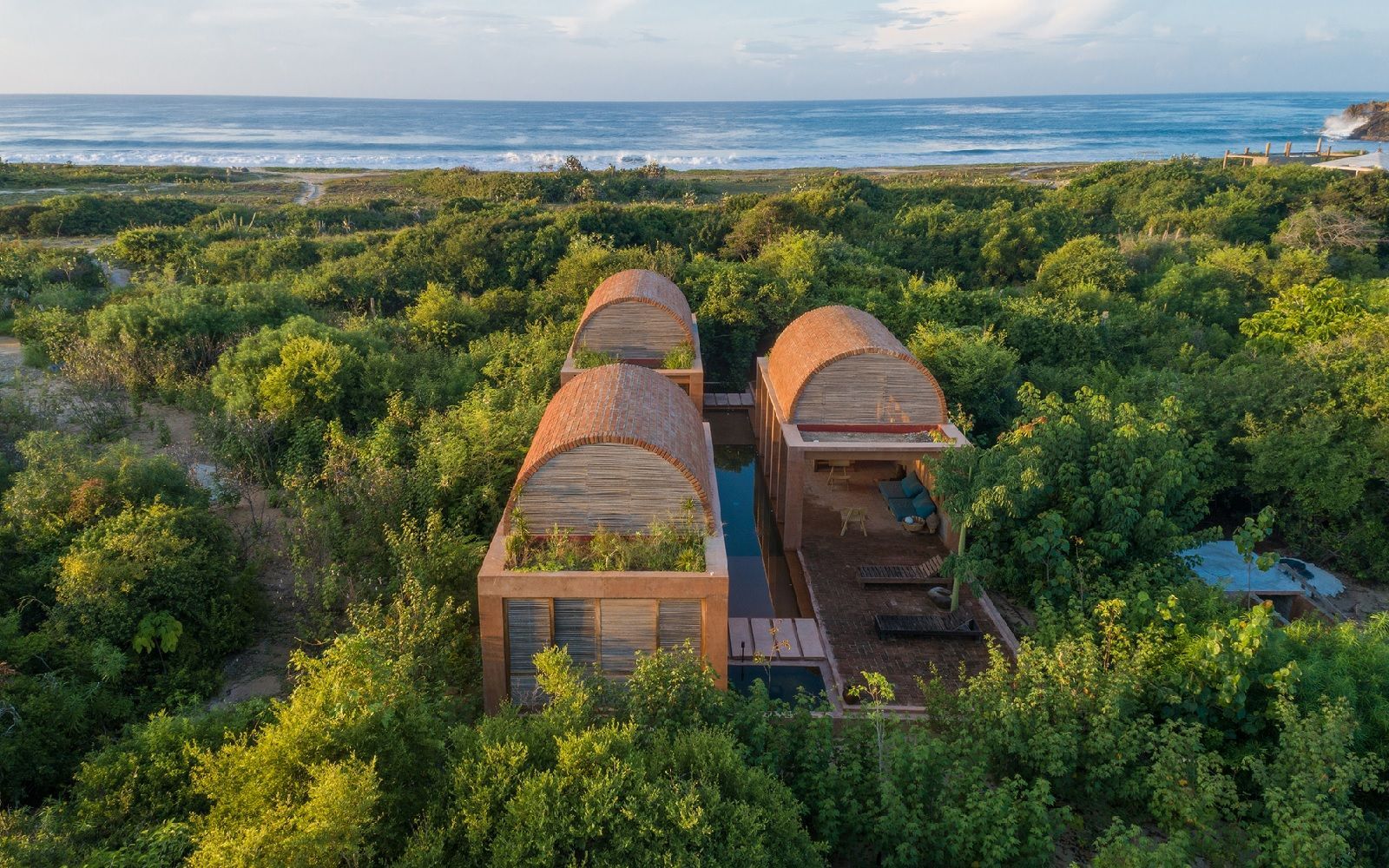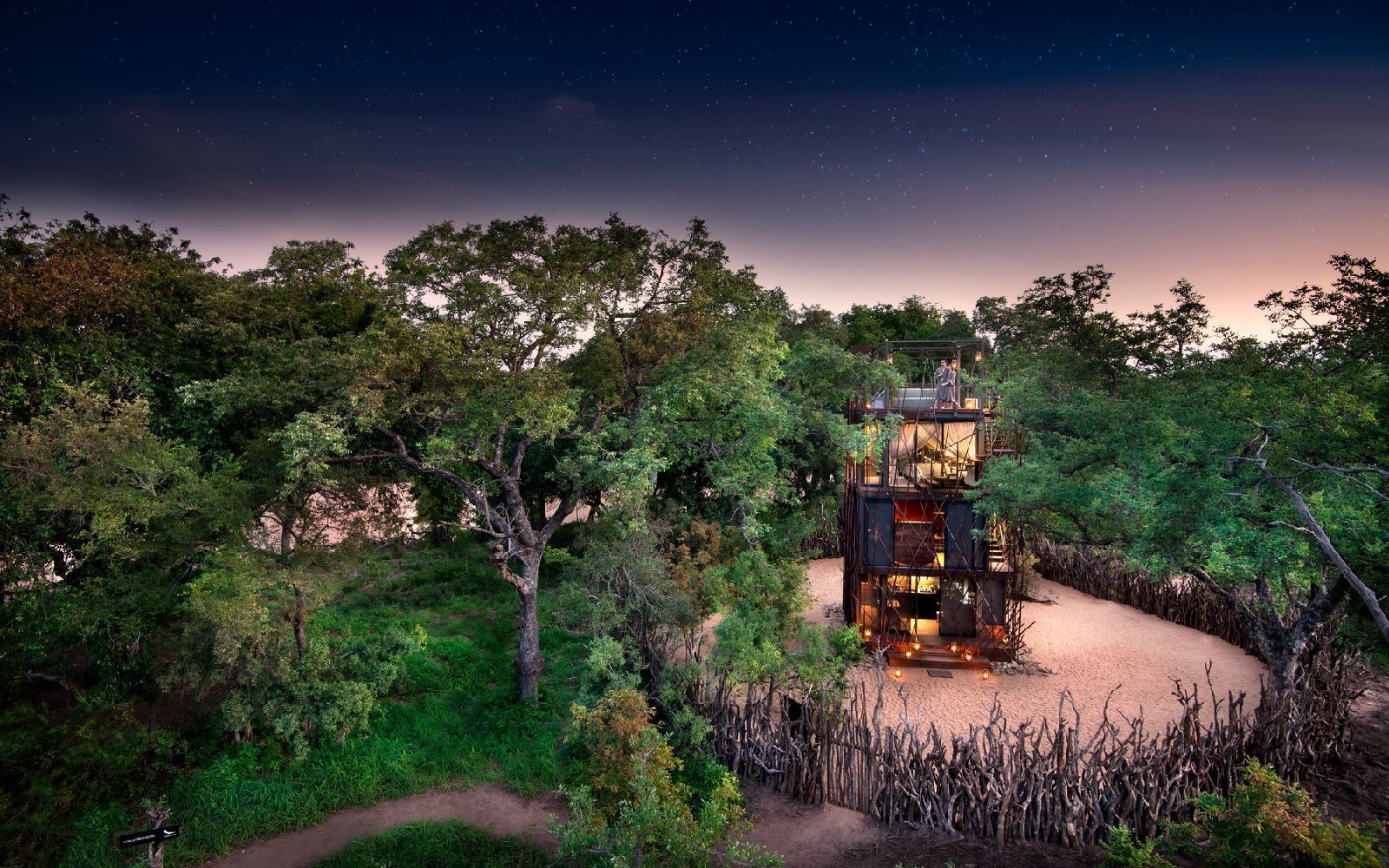
Sunday Escape - Abu Dhabi Louvre Museum A new location to visit absolutely
97 thousand square meters of extension.
7,500 tons of weight.
180 meters in diameter.
300 works on loan and more than 600 acquired.
More than 500 million euros in investment.
These are just some of the impressive numbers that characterize the new Louvre in Abu Dhabi.
Its location is Saadiyat Island (in Arabic “the Island of Happiness”), in the Persian Gulf, an area of 27 square kilometers and 145,000 inhabitants, including the Maritime Museum, designed by Tadao Ando , the Zaha Hadid Performing Arts Center and, soon, the Zayed National Museum, designed by Norman Foster, in addition to a Guggenheim designed by Frank Gehry.
Perfectly integrated with this new tradition that wants great archistar to create impressive buildings in the Arab world, the new Louvre was commissioned to French Jean Nouvel.
His idea? A silvery dome honeycomb with a diameter of 180 meters, consisting of 8000 stars of intertwined metal that traversed by the rays of the sun, create fascinating reflections of light on the white walls of the building that is half in the water.
"I have imagined it all as a metaphor of heaven, cosmography of the cosmos" - explains the architect - "I did not want such light, just a little, to create a rain effect".
The “Louvre des sables” project, as the French have renamed it because of its proximity to the desert, was inaugurated on Saturday 11 November, after a ten-year gestation lasting twice as long as it was delayed by a crisis, lack of funding and accusations of maltreatment of the workers involved in its construction.
It seems also that the 582 million euro of the initial budget have multiplied dramatically.
Inside the architecture of Nouvel brings together over 600 works acquired by the Arab museum and 300 issued by the parent company and 12 other French museums.
The work goes through the whole history of humanity, different for themes, styles and epochs: from a Jewish funerary stele of France in the twelfth century to a ballet dancer by Edgar Degas, from a painting by Vincent Van Gogh to Picasso, by an electric chair in pink by Andy Warhol to a female portrait on wood by Leonardo, from “A Foundation of Light” by the Chinese artist Ai Weiwei to a Neolithic statue from Jordan.
What do you think: better the Parisian Louvre or the version of Abu Dhabi?











